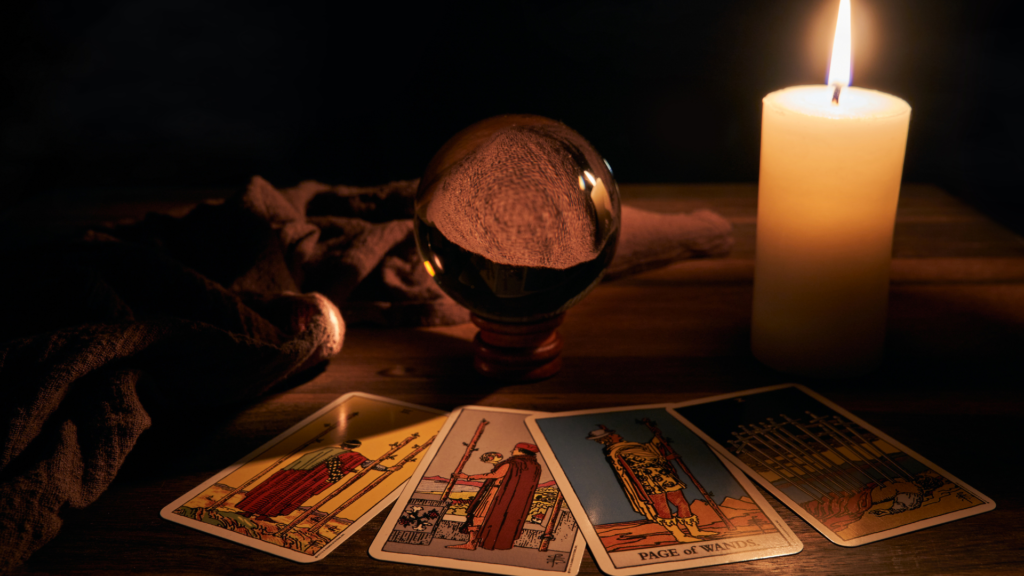Challenging Preconceptions and Myths Surrounding Tarot Reading
Tarot reading can evoke a spectrum of reactions, from intimidation and fear to intrigue and enlightenment. Whether you’ve had a reading before or are considering delving into it, it’s essential to grasp the genuine purpose behind this practice: self-discovery.
In the past, tarot readers were often depicted as enigmatic figures, tucked away in obscure corners. However, today, they can be found in bustling malls, vibrant markets, and even social gatherings, breaking the stereotype. Platforms like YouTube and TikTok feature tarot readers of various ages with substantial followings, while online communities offer free readings covering a myriad of topics—from love and career to fandoms and celebrities.
Dating back to the 14th century, tarot reading, a form of cartomancy or divination, has weathered skepticism and scrutiny from science and religion. Yet, it endures and thrives, providing individuals with clarity, guidance, and a supportive environment in which to explore life’s complexities.
So, let’s debunk some common misconceptions about tarot reading:
- Tarot reading is associated with evil or the occult. This notion varies depending on one’s religious beliefs. While some view it as sinful, others see it as a tool for introspection and guidance. Respect for differing beliefs is paramount, and individuals must discern whether tarot aligns with their values and goals.
- Tarot predicts only negative outcomes like death or illness. Contrary to Hollywood portrayals, tarot readings aren’t about foretelling doom and gloom. Instead, they offer insights and guidance to navigate life’s challenges and opportunities, empowering individuals to make informed decisions and pursue their aspirations.
- Only those with innate intuition can read tarot cards. Anyone can learn to read tarot cards with dedication and practice. Professional mentors and supportive communities can facilitate the learning process, helping individuals develop a meaningful connection with the cards and their own intuition.
- Specific rituals are required for tarot readings. There’s no mystical formula for conducting a tarot reading. All that’s needed is a quiet space, a sincere intention, and an open mind. Readers can engage in readings at any time, provided they’re in the right mindset.
Tarot reading serves as a valuable tool for gaining self-awareness and insight into life’s complexities. Every reading begins with intention, so it’s essential to clarify your goals and aspirations beforehand.




